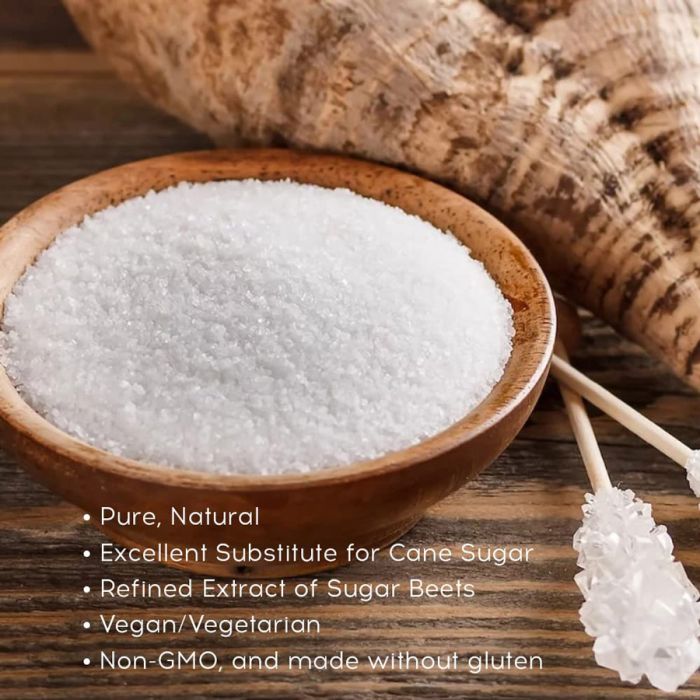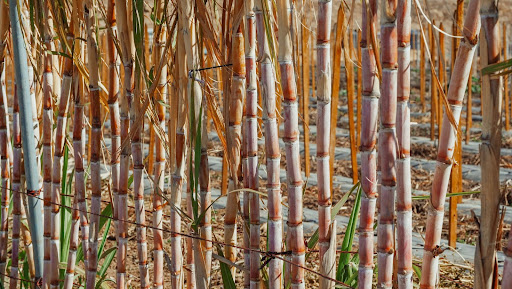People researching beet sugar vs cane sugar often want to know which blends well in beverages.
People researching beet sugar vs cane sugar often want to know which blends well in beverages.
Blog Article
Discovering the Distinctions in operation and Benefits In Between Beet Sugar Vs Cane Sugar
In the cooking globe, the selection between beet sugar and cane sugar is not simply concerning sweetness yet involves a nuanced factor to consider of flavor, application, and influence. While both sugars come from various plants, each undertakes unique manufacturing processes that discreetly influence their attributes and suitability for various meals. As cooks and consumers increasingly prioritize both the ecological and flavor accounts of their active ingredients, comprehending these differences becomes important. This exploration offers understanding into how each sugar kind can best enhance cooking creations.
Beginnings and Production Procedures of Beet and Cane Sugar

Cane sugar, on the various other hand, originates from the sugarcane plant, a tropical yard native to Southeast Asia and now cultivated in tropical zones worldwide. The manufacturing of cane sugar starts with the harvesting of cane stalks, which are crushed to launch the juice. This juice is then steamed to concentrate it, after which it is rotated in centrifuges to create raw sugar crystals. These crystals are more improved to create the white sugar typically available in stores.

Nutritional Content and Health And Wellness Considerations

When comparing the nutritional content of beet sugar and cane sugar, it becomes obvious that both types essentially offer the same calorie values, with about 16 calories per tsp and no considerable nutrient variety. Each is made up almost completely of sucrose, which is a basic carbohydrate that supplies quick power however lacks vitamins, minerals, or fiber. This resemblance includes their impact on wellness, especially concerning blood sugar level levels. Both sugars, when eaten over, can add to raised blood glucose degrees, a threat element for diabetes mellitus and various other metabolic disorders. Excessive consumption can lead to weight gain and oral troubles, as both sugars are similarly cariogenic, advertising tooth degeneration. From a health and wellness point of view, moderating consumption of any sort of sugar, whether from beet or cane, is recommended to prevent these potential adverse results on well-being. Hence, neither holds look at here now an unique advantage over the other in regards to wellness advantages.
Taste Profiles and Culinary Applications
Despite their comparable chemical frameworks, beet sugar and cane sugar differ discreetly in flavor, which can influence their usage in various cooking contexts. Cane sugar commonly lugs a tip of molasses, also in its polished type, offering a warm, caramel-like touch that improves baked products, coffee, and chocolate-based recipes. On the other hand, beet sugar is characterized by its highly improved, neutral taste, making it a flexible sugar that does not alter the taste accounts of meals.
Ecological Impact and Sustainability
While both beet and cane sugars are stemmed from plants, their environmental effects vary significantly as a result of the unique approaches of farming and handling required for each and every. Sugar beet cultivation commonly involves considerable mechanization, which can raise nonrenewable fuel source intake and carbon emissions. Beetroots can be grown in cooler climates and need much less watering, potentially decreasing water use compared to sugarcane. Sugarcane, on the other hand, is commonly grown in exotic areas where it counts greatly on irrigation and a longer growing duration, increasing its water impact.
Moreover, the handling of sugarcane commonly produces a substantial amount of waste, including bagasse, which, although functional as biofuel, frequently go to my site adds to air pollution if shed inefficiently. Sugar beet handling uses more of the raw products, resulting in much less waste. Both industries face obstacles in minimizing their environmental footprints, yet ongoing developments in agricultural techniques and waste administration are aiming to improve sustainability.
Economic Aspects Affecting the Sugar Industry
The economic dynamics of the sugar sector are considerably influenced by global market demands and trade plans. Elements such as tolls, subsidies, and worldwide trade agreements play crucial functions in forming the affordable landscape. In areas where sugarcane or sugar beet production is subsidized, manufacturers may have an economic advantage that allows them to provide lower prices on the global market. This can create disparities in productivity and market access for manufacturers in nations without read review such aids.
Furthermore, changes in worldwide need for sugar, influenced by dietary patterns and commercial usage in food items, straight impact rates and manufacturing degrees. beet sugar vs cane sugar. Weather also play an essential role, as they can dramatically affect crop returns and, subsequently, the supply chain. This variability introduces a degree of economic uncertainty that can cause investment volatility in sugar production markets, affecting choices from planting to market strategy
Conclusion
In conclusion, both beet and cane sugar have unique qualities that match various cooking demands. While cane sugar conveys a rich flavor suitable for improving baked products, beet sugar's nonpartisanship is best for lighter dishes. Nutritional similarities notwithstanding, their distinct manufacturing processes and environmental influences add intricacy to the option in between them. Thus, comprehending these differences assists chefs and consumers make informed decisions that straighten with their wellness, culinary, and honest choices.
Report this page